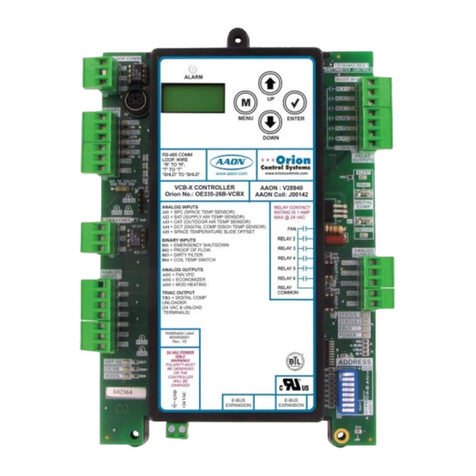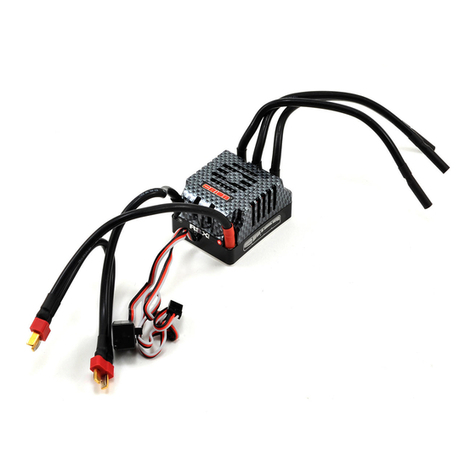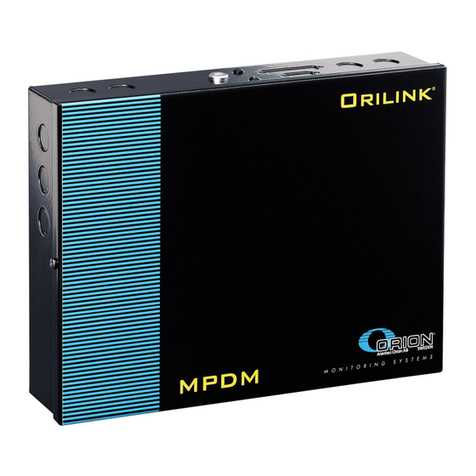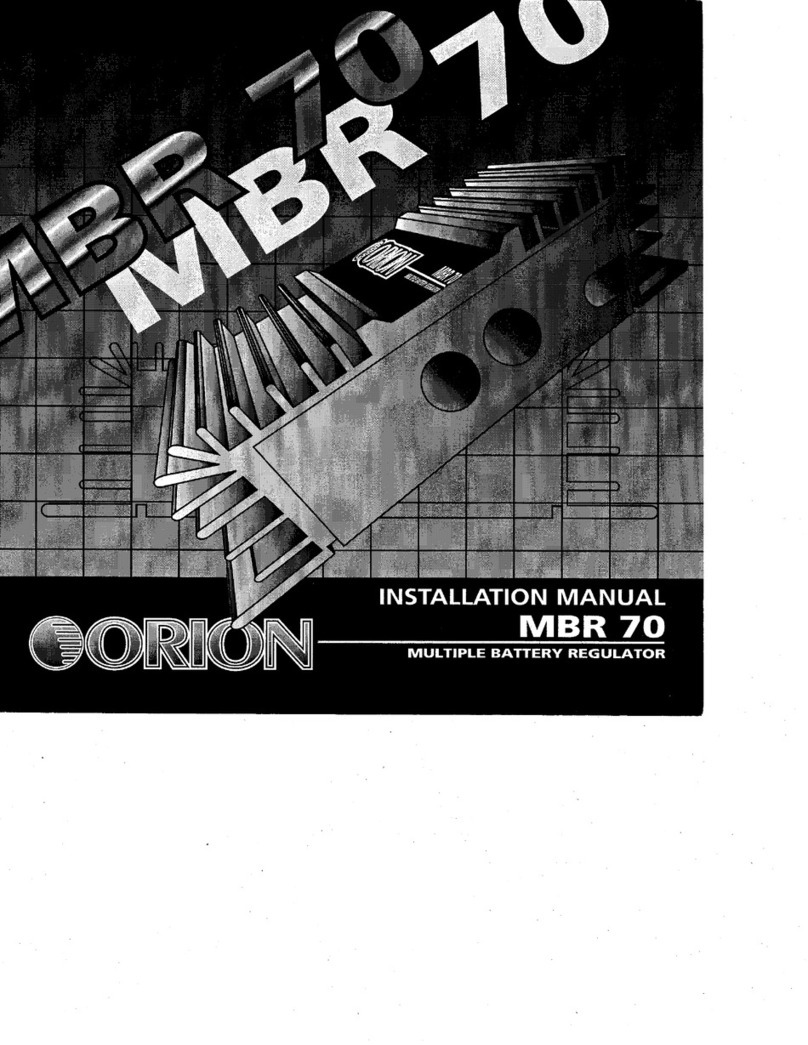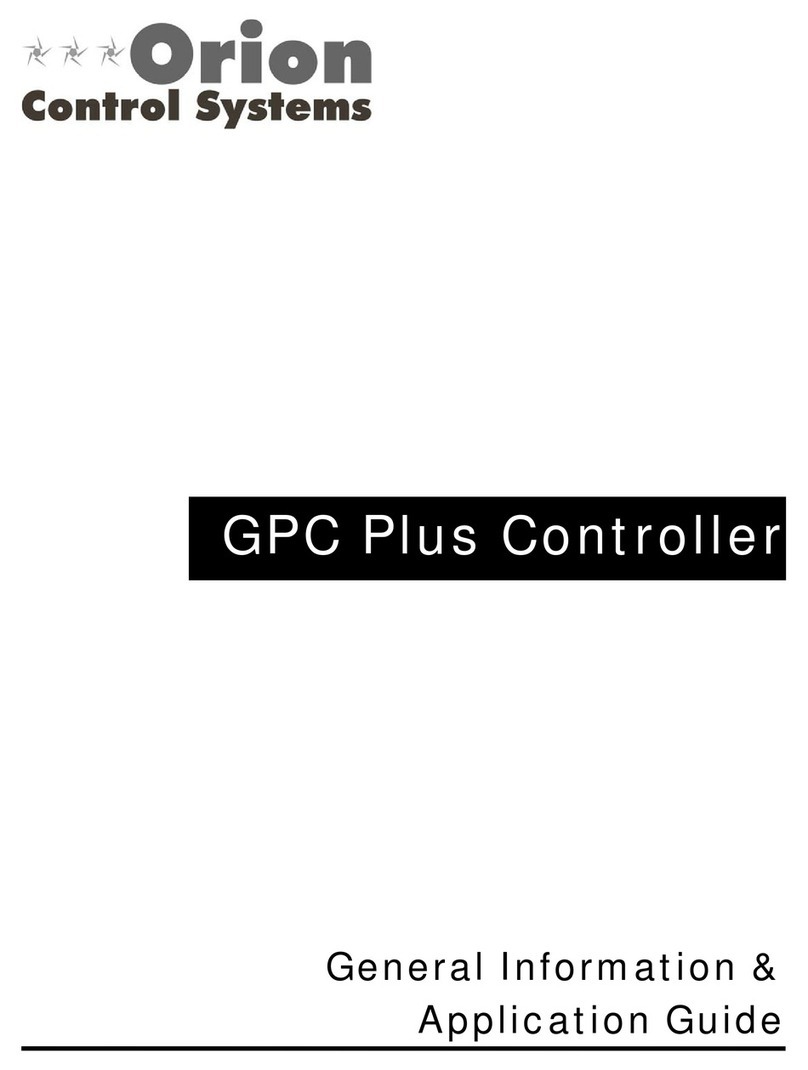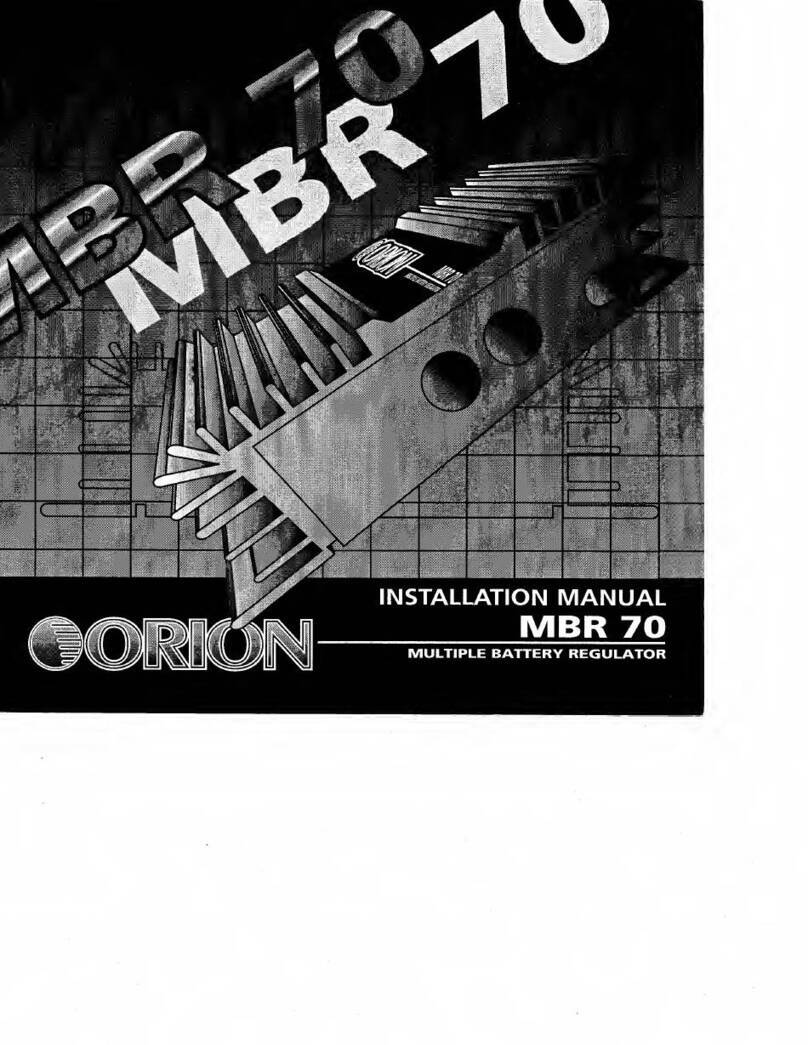
MODULAR SERVICE TOOL SD
10 VCB-X Operator Interface SD
Modular Service Tool Keys
Operator Interfaces
In order to configure and program the VCB-X Controller, you must
have an Operator’s Interface or a personal computer with the Prism 2
computer front-end software installed. Two different Operator Interfaces
are available for programming of the VCB-X Controls System—the
Modular Service Tool SD and/or the System Manager TS. These de-
vices allow you to access the status and setpoints of any controller on
your communications loop. This manual describes the Modular Service
Tool SD. If using the System Manager TS II, please see the System
Manager TS II Technical Guide. If using Prism 2, please see the Prism
2 Technical Guide.
The Modular Service Tool allows you to view any input or output status
and change any setpoint to fine-tune the operations of the total system.
All keypad operations are simple and straightforward, utilizing non-
cryptic plain English messages.
Table 1: Keypad Descriptions
Table 2: Button Descriptions
Display Screens & Data Entry Keys
See the chart below for a list of the keypad descriptions and functions.
Keypad
Description
Key Function
ESC Use this key to exit from screens or
from data entry or to return to the
Main Screen from any screen in the
system.
ENTER Use this key to enter a new value.
Clear If a data entry mistake is made,
press this key to clear the data entry
field and start over. This key also
turns off the power to the Service
Tool when on the
Main Screen
Minus If a setpoint with a negative value
is required, press this key for the
minus sign.
DEC Press this key when entering data
that requires a decimal point.
Use these keys to change values
in the Configuration Screens as
prompted.
Use these keys to step backward or
forward through the screens.
Mode Selection Buttons
The Modular Service Tool is provided with “Mode Selection Buttons.”
These buttons give you instant access to the specific mode desired without
having to scroll through several menu screens to get there.
Button
Description
Mode Selection Buttons
STATUS Pressing this button takes you
directly to the controller
“Status” screens.
SETPOINTS Pressing this button takes you
directly to the controller
“Setpoints” screens.
SCHEDULES Pressing this button takes you
directly to the controller
“Schedules” screens.
OVERRIDES Pressing this button takes you
directly to the controller “Over-
rides” screen. See the “Override
Button” section on page 21 for a
description of this function.
See Note 1 below.
ALARMS Pressing this button takes you
directly to the controller
“Alarms” screen. See the “Alarms
Button” section on page 20 for a
description of this function.
CONFIGURATION Pressing this button takes you
directly to the controller
“Configuration” screens.
BALANCE-TEST Pressing this button takes you
directly to the controller
“Balance-Test” screens.
Notes:
(1) The Modular Service Tool will only search the Overrides
one loop at a time. You must enter the Loop number and the
MiniLink PD unit ID (60).


